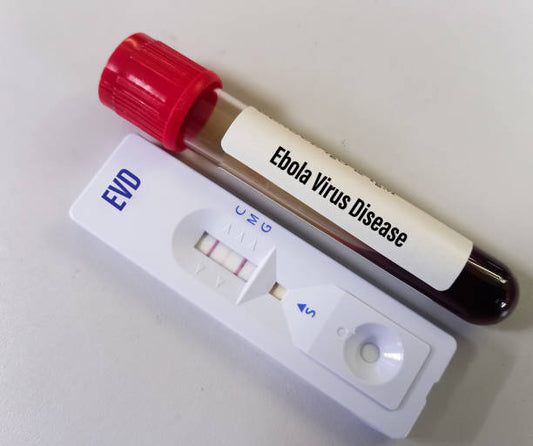Multiple sclerosis (MS) is a chronic disease that affects the central nervous system (CNS), including the brain and spinal cord. It’s characterized by an immune system attack on the protective covering of nerve fibers, known as myelin. This can lead to a wide range of symptoms and complications. In this guide, we’ll explore the causes, symptoms, and treatment options for MS to provide a comprehensive understanding of the condition.
What Causes Multiple Sclerosis?
The precise cause of MS remains unclear, but researchers believe it results from a combination of genetic and environmental factors

-
Autoimmune Reaction: MS is considered an autoimmune disease where the immune system mistakenly targets and damages the myelin sheath, disrupting communication between the brain and the rest of the body.
-
Genetic Factors: While MS isn’t directly inherited, having a family history of the disease can increase susceptibility. Certain genetic markers are believed to contribute to the risk of developing MS.
-
Environmental Influences: Studies suggest that environmental factors such as vitamin D deficiency, geographic location, and viral infections (like Epstein-Barr virus) may play a role in the onset of MS. For instance, MS is more common in regions further from the equator, which could be linked to lower levels of sunlight and vitamin D.
Recognizing the Symptoms of Multiple Sclerosis
MS symptoms vary widely among individuals and can change over time. Common symptoms include:
-
Fatigue: Persistent and overwhelming tiredness that affects daily activities.
-
Numbness and Tingling: Often experienced in the arms, legs, or face.
-
Muscle Weakness: This can lead to difficulty with mobility and coordination.
-
Vision Problems: Issues such as blurred or double vision and, in some cases, partial vision loss.
-
Balance and Coordination Issues: Problems with walking and maintaining balance are common.
-
Cognitive Changes: Challenges with memory, concentration, and problem-solving abilities.
-
Bladder and Bowel Dysfunction: Frequent or urgent need to urinate, or constipation and other bowel issues.
-
Pain: This can range from sharp, stabbing pain to chronic discomfort.
Types of Multiple Sclerosis
MS can present in several forms, each with different patterns of progression:
-
Relapsing-Remitting MS (RRMS): The most common form, characterized by clear episodes of worsening symptoms (relapses) followed by periods of recovery (remissions).
-
Secondary Progressive MS (SPMS): Initially starts as RRMS, but over time, the disease progresses with or without occasional relapses.
-
Primary Progressive MS (PPMS): Involves a gradual and continuous worsening of symptoms from the onset, without distinct relapses or remissions.
-
Progressive-Relapsing MS (PRMS): A rare form that starts with a progressive course and includes intermittent relapses.
Treatment Options for Multiple Sclerosis
Although there is no cure for MS, various treatments can help manage symptoms, slow disease progression, and improve quality of life:
-
Disease-Modifying Therapies (DMTs): These medications aim to reduce the frequency and severity of relapses and slow disease progression. Examples include interferons (e.g., Avonex, Rebif), monoclonal antibodies (e.g., Ocrevus, Tecfidera), and oral therapies (e.g., Gilenya, Aubagio).
-
Corticosteroids: Used to manage acute relapses by reducing inflammation and swelling.
-
Symptom Management: Medications and therapies can address specific symptoms such as pain, muscle spasticity, fatigue, and bladder issues.
-
Rehabilitation: Physical therapy, occupational therapy, and speech therapy can help manage symptoms and improve daily functioning.
-
Lifestyle Modifications: Regular exercise, a balanced diet, stress management, and avoiding known triggers can help improve overall well-being.
-
Supportive Therapies: Psychological support, counseling, and support groups can provide emotional support and coping strategies for living with MS.
Ongoing Research and Future Directions
Research into MS is ongoing, with studies focusing on understanding the disease better, developing new treatments, and exploring potential cures. Advances in medical research, including clinical trials and new therapeutic approaches, offer hope for improving patient outcomes and quality of life.
Conclusion
Understanding multiple sclerosis involves recognizing its causes, symptoms, and available treatment options. While MS presents significant challenges, advances in treatment and support can help manage the disease and improve the quality of life for those affected. If you or someone you know is dealing with MS, it’s crucial to work closely with healthcare professionals to develop a personalized treatment plan and stay informed about the latest research and developments.
For more information and support, consider reaching out to MS organizations and support groups that can provide resources and connect you with others facing similar challenges.












